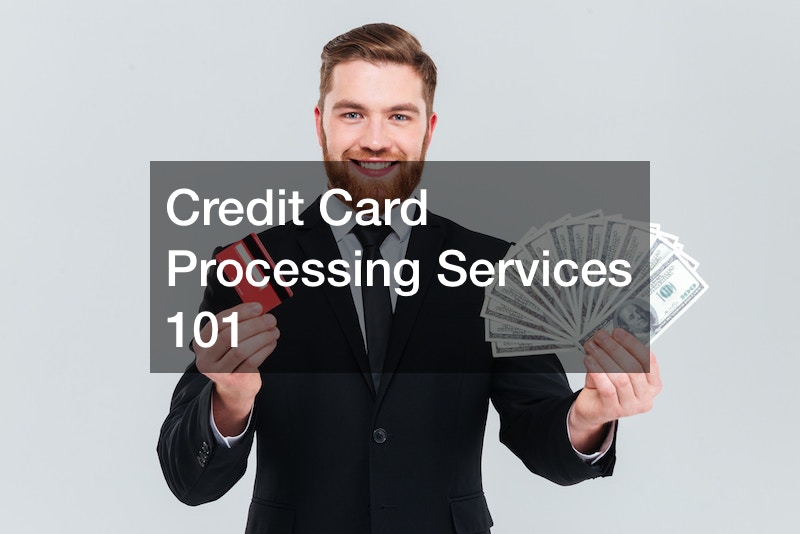Credit Card Processing Services 101

It can at times be difficult to understand how credit card processing works. But why is it so complex? The first thing you need to understand about credit card processing is that there are two types of credit card processors: merchant account providers and third-party payment gateways. Merchant account providers are companies that provide a service for merchants to accept credit card transactions on their websites. A credit card processing service charges fees for this service, which they then pass along to the customer in the form of higher prices. Third-party payment gateways, on the other hand, are companies that offer an alternative way to process credit card transactions.
TPPGs do not charge customers fees but take a percentage of each transaction as a commission.
Merchant account providers usually have different tiers of service based on how many monthly transactions they will handle. For example, you may qualify for a free or low-cost MAP if your business has less than $10,000 in monthly sales. Third-party payment gateways are typically offered by banks, credit unions, and other financial institutions. Some TPPGs offer a basic level of service for small businesses with fewer than 10,000 transactions per year. Others offer more advanced services for larger businesses.

